Have you ever paid more for delivery only to have your food arrive cold, soggy, or—worst of all—all over the interior of the bag? Nobody likes to get sloppy take-out food. Cafes and restaurants place a lot of focus on offering the best client experience, quick delivery, and better packaging.
Quality food packaging design protects food from contamination from the outside, keeps it from getting messed up, and keeps it at the proper temperature. It’s quite easy to botch up meal delivery, especially if it’s soup.
How to package soup is a question that bothers all takeaway restaurant owners.
According to studies, eating hot soup or simply holding a warm cup of it might improve good attitudes toward others, including people who are culturally different from you. But if the soup isn’t wrapped properly, it can easily spill and end up all over the place. So, in today’s blog, we’ll discuss how to package hot soup for delivery.
Common Ways to Pack Hot Soup for Takeaway

There’s nothing like a steaming cup of soup and the fragrance of warm broth to transport you back to your childhood and your mother’s kitchen. It helps you feel protected (and comforted) from the inside out, and studies even reveal it’s not all in your head.
Soup is a crowd-pleaser at every place, be it a restaurant or family gathering. But these days, in the post COVID situation, there has been a massive increase in takeaways. And guess what! Soup is one of the most ordered items on the takeaway menu.
But it is also one of the most complicated food items to package. As a takeaway restaurant owner, you should know how to pack soup for delivery. Here are some common ways to pack hot soup for takeaway.
Stand-up Soup Pouch
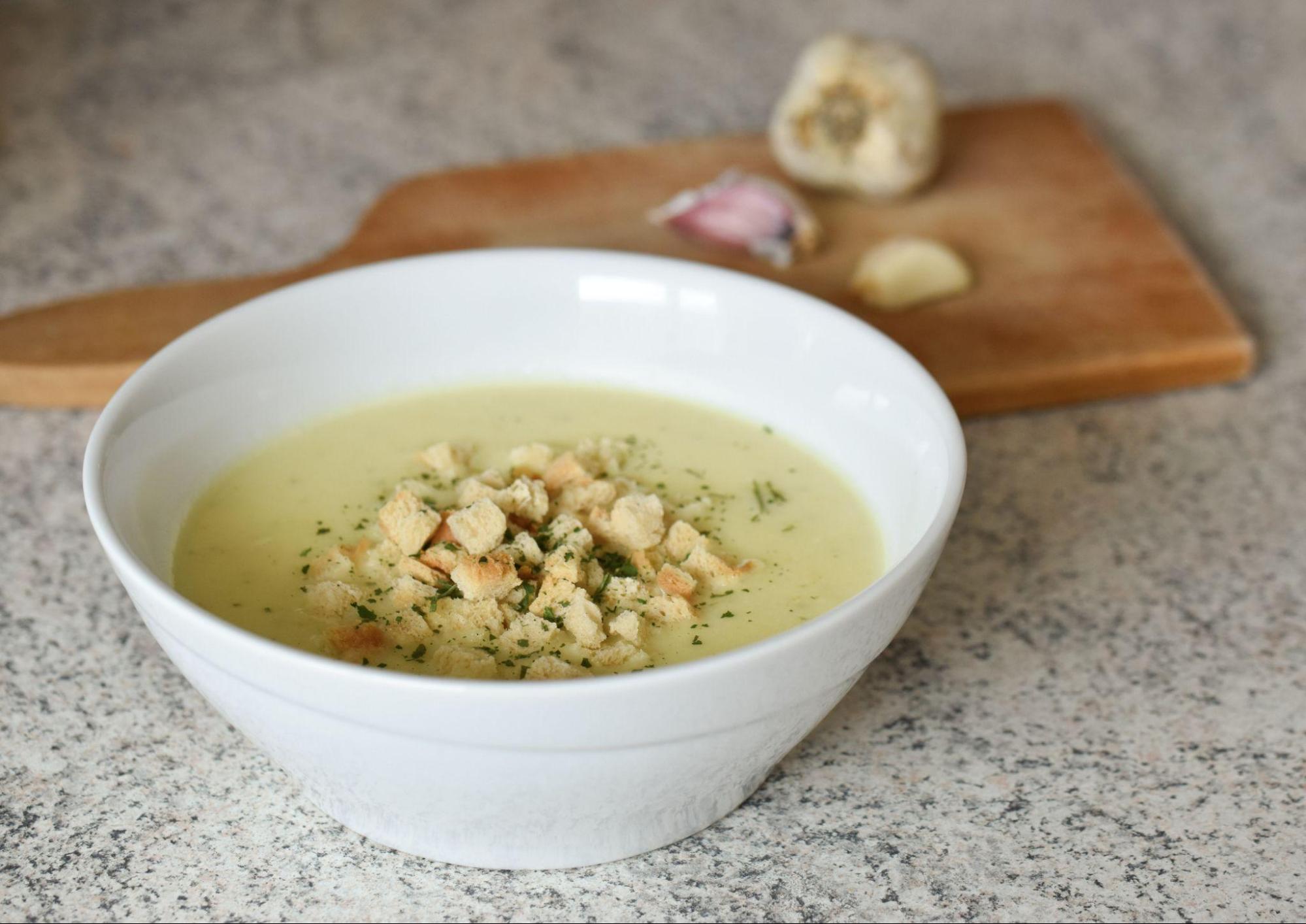
Stand-up pouches are an extremely popular choice among takeaway restaurants as it has almost zero chances of spilling your favorite soup.
You can easily use this highly practical and portable packaging to deliver hot soup without a gruesome case of spillage. The shape of the stand-up pouch is what makes it popular among takeaway restaurant owners. These pouches are so convenient that they can be taken to any place, the workplace, camping, picnicking, etc.
Some of the other important features of the stand-up soup pouches:
- Consumption without utensils in a packaging that’s simple to “get it all out.”
- Aseptic pouches are shelf-stable and do not require refrigeration.
- The carbon footprint is typically smaller than that of hefty stiff alternatives.
- The product-to-package ratio has been optimized, resulting in less waste volume.
- Ergonomics can be improved with total shape.
Paper Soup Cup/Bowl With Lid
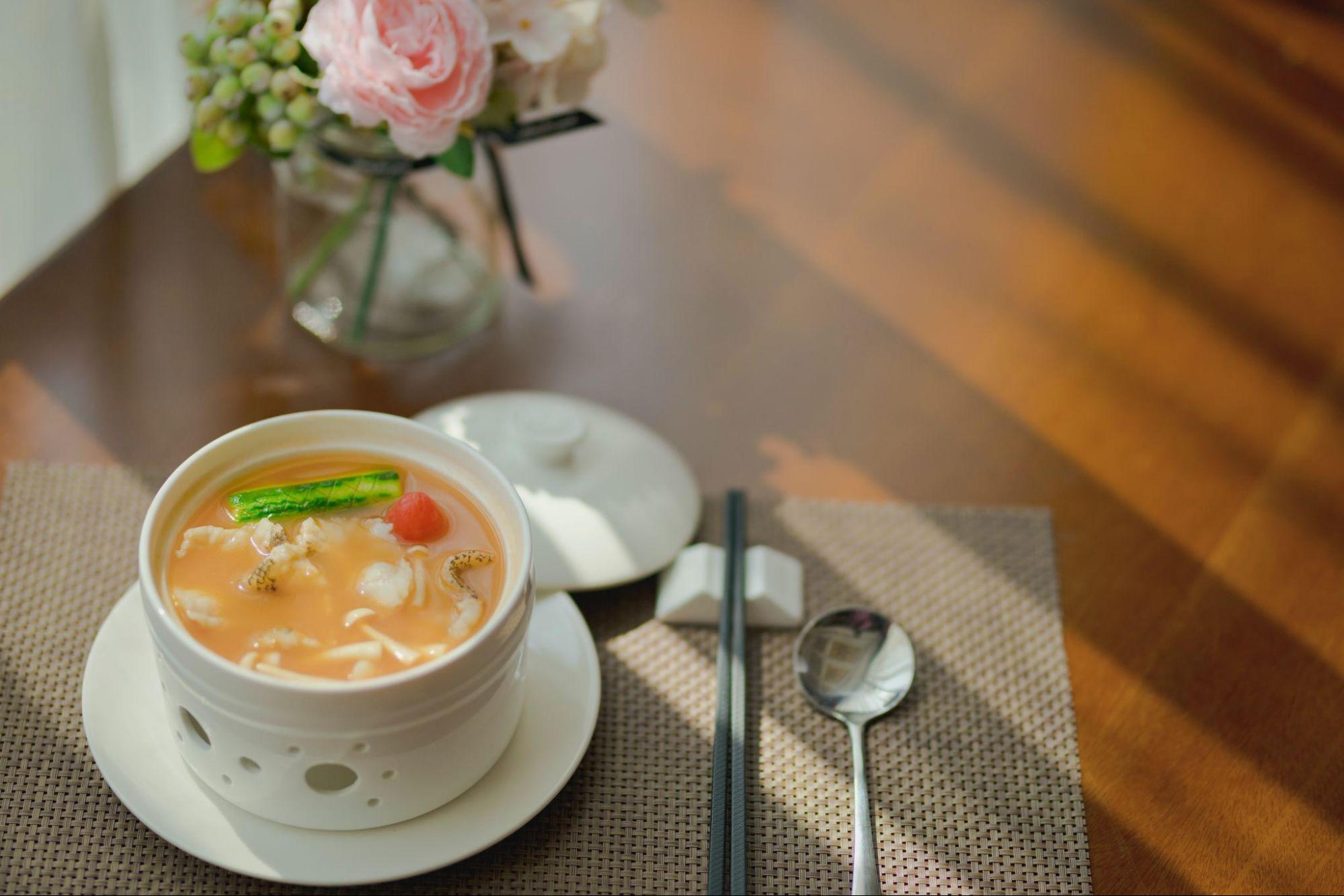
Paper soup bowl and cup are the most eco-friendly choice one could make for packaging. With global warming on our heads, we must do all we can to save our earth which obviously beings with helping our environment.
All of us know how plastic greatly affects our environment as it takes years to decompose plastic and also, plastic releases toxic substances into the soil when they perish under sunlight.
This is why paper cups/ bowls are getting more popular day by day.
Many takeaway restaurant owners are now opting for paper cups/ bowls instead of plastic cups as a way to contribute to saving our planet.
Here are some of the key features of the Paper cup/ bowls with lids.
- These paper cups/ bowls with lids are lined with inner plastic lining, which is biodegradable.
- The temperature regulating capacity in these paper cups/ bowls is second to none, which ensures that your hot soup stays hot throughout delivery.
- The paper cups/ bowls have superb heavy duty sustainably derived paperboard for easily carrying a large amount of food.
- Tight lids ensure no spillage.
Most Recommended Materials for Hot Soup Packaging
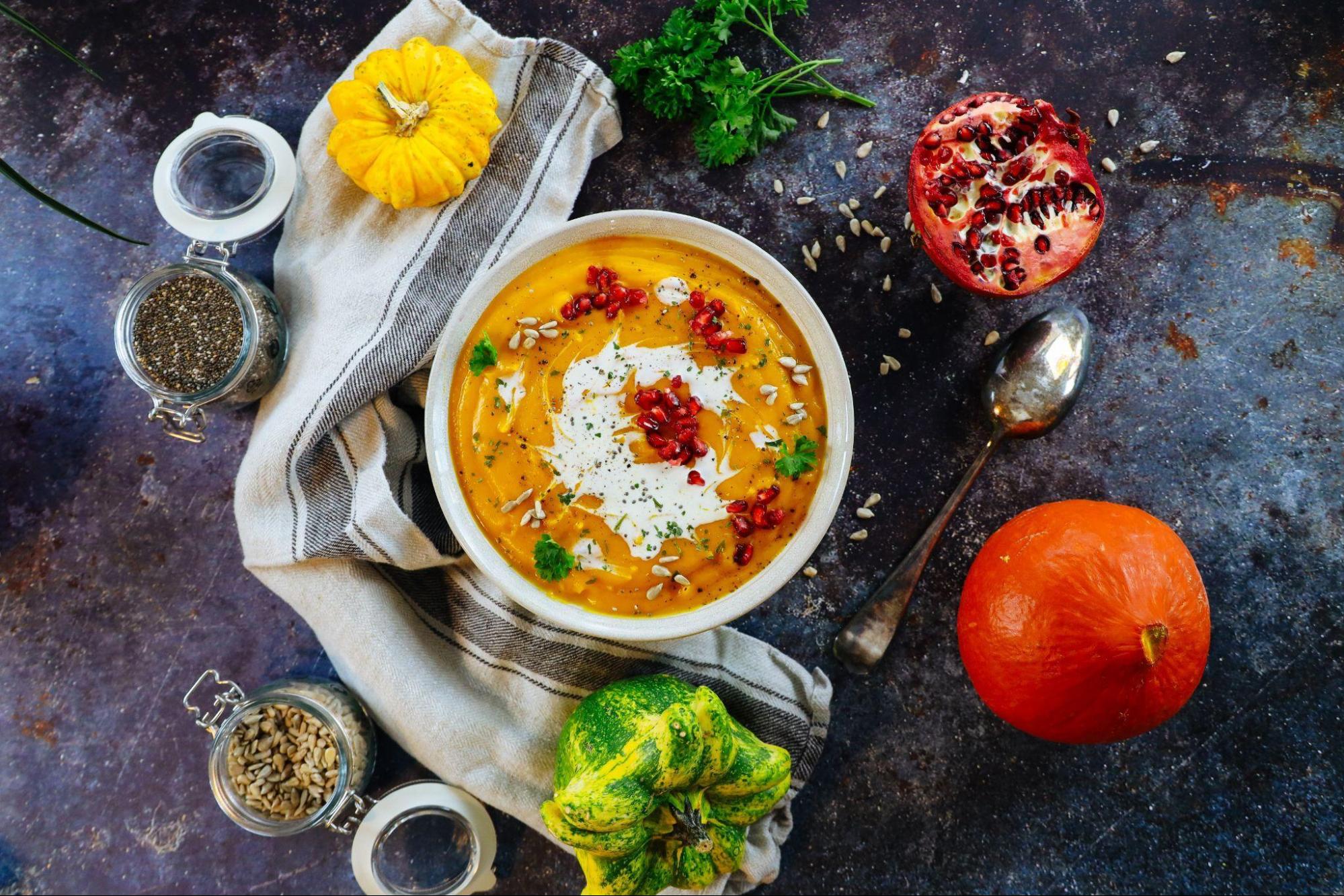
Bamboo Fiber
Bamboo has very easily made a demand for itself as a prominent material in the market for sustainable materials. Metal, plastic, timber, paper, and cotton are all the other alternatives for bamboo which are environmentally beneficial.
Bamboo can be found in almost every aspect of our life, from toothbrushes to furniture to toilet paper, bamboo is everywhere. It is of no shock, then, that food packaging with bamboo is in high demand. For the food packaging business, bamboo packaging is a sustainable, biodegradable, and enduring choice.
Bamboo offers a great level of resilience and versatility when used as a packaging material. Bamboo grows quickly, making it a renewable resource that is both plentiful and biodegradable. From fabric to food to flooring, this massive grass-like plant serves a variety of purposes.
Here are some of the key features of using bamboo fiber for packaging.
- Bamboo spreads quickly. It’s a plentiful renewable material that’s a great eco-friendly alternative to regular paper.
- Bamboo biodegrades and composts for about 2–6 months, depending on the product and composting circumstances.
- Plastic and paper have been replaced by this attractive alternative.
- The toughness of bamboo is more than that of steel.
Paper
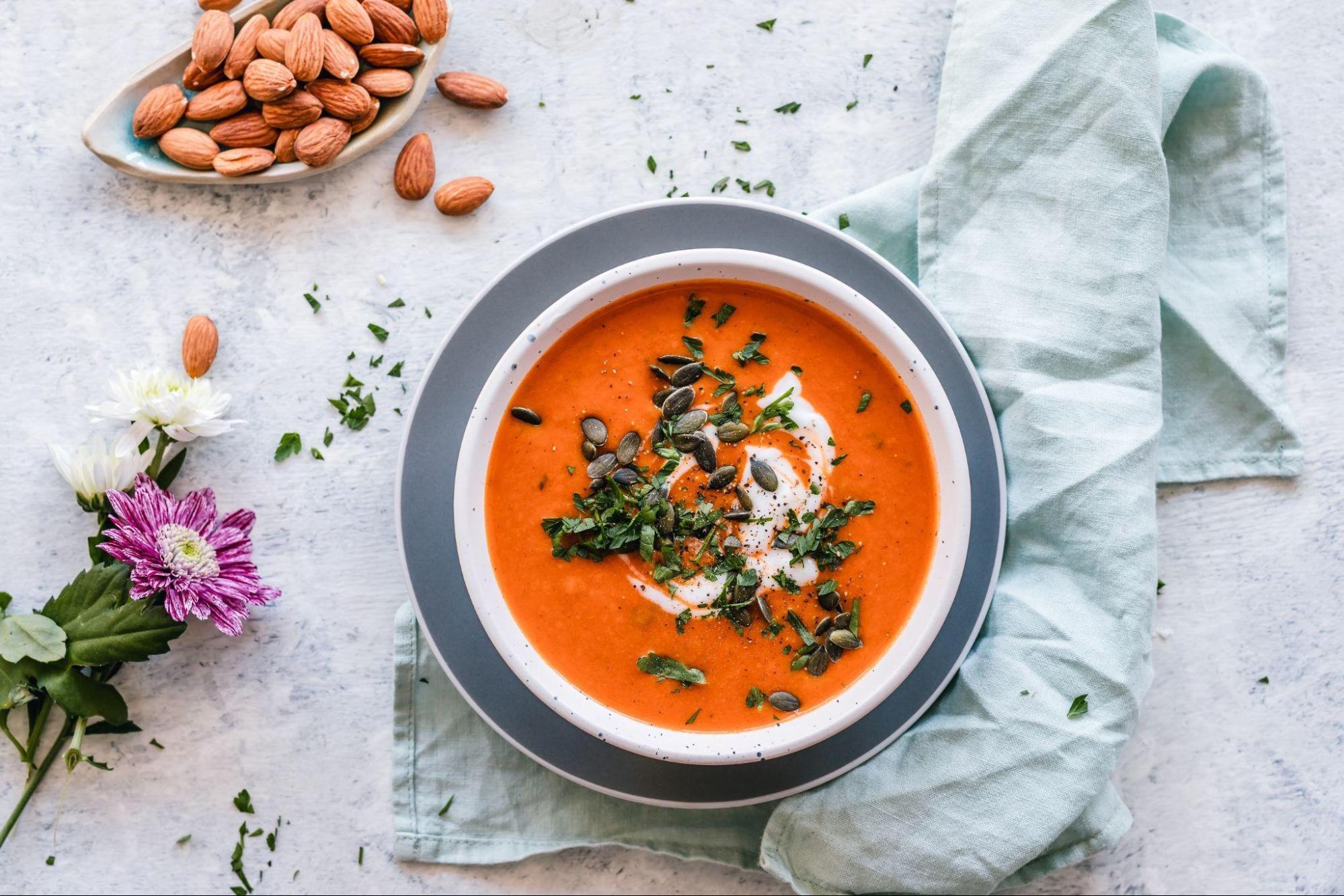
The use of paper and paper-based materials in food packaging is growing in both primary and secondary packaging. Heat sealability, process ability, printability, strength, barrier qualities (water, oil, and gas barrier), cost-effectiveness, sustainability, and regulatory requirements are all variables considered by restaurant owners when choosing packaging materials for their food products.
Paper and paperboards account for 31% of the global packaging market, with food packaging being the most common application.
Paper is the best choice for takeout because it has an environmentally beneficial tag connected to it. Plain paper is inappropriate for food commodities due to its poor barrier properties, low heat sealability, and strength. To increase its functional qualities, it is impregnated with an additive or laminated with aluminum or plastic.
More Packaging Tips to Prevent Leak
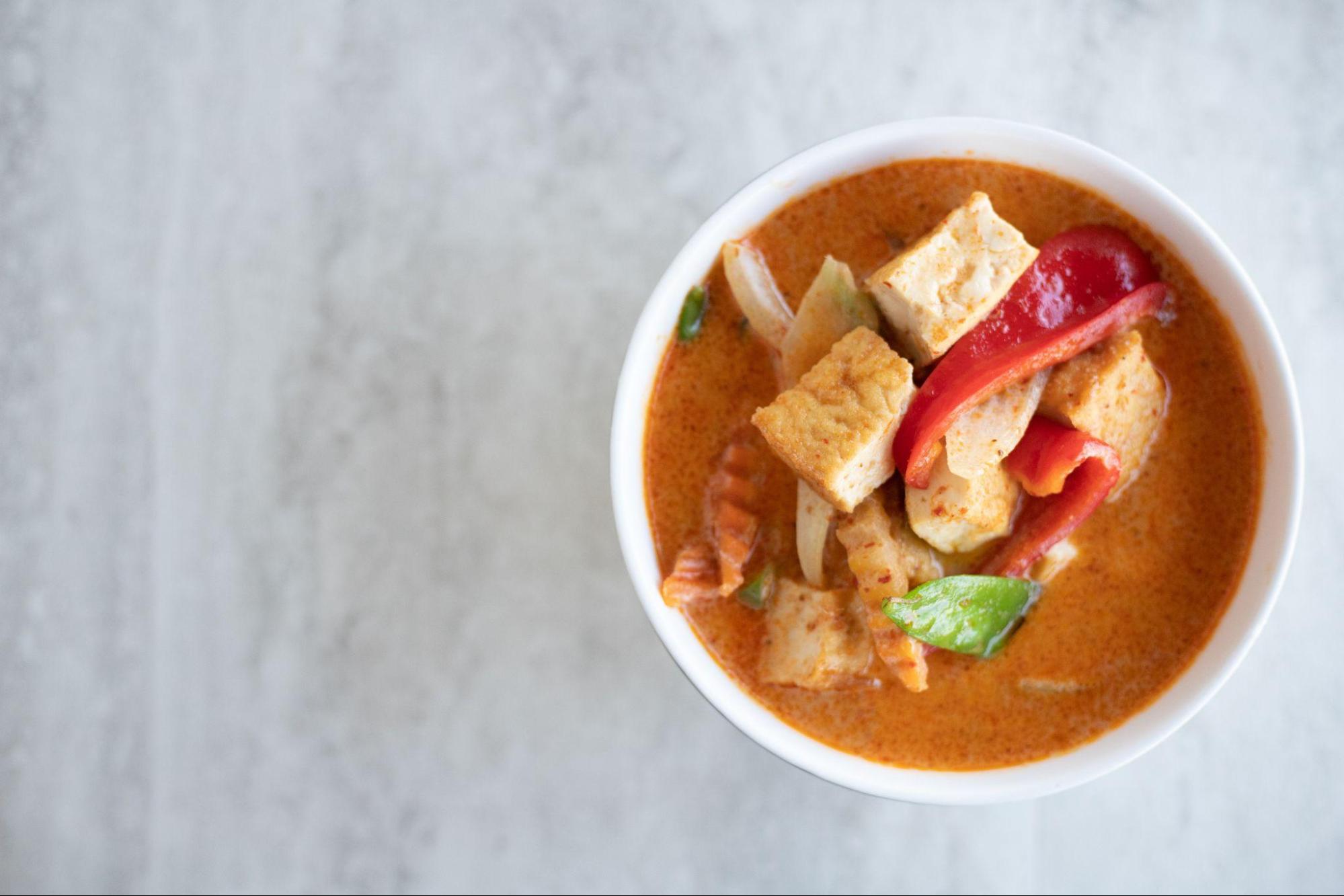
Food can be easily harmed during delivery, especially if it is not properly wrapped. When delivering liquids, such as soups or beverages, cautious and secure packaging is essential. Liquids that have been improperly packed can leak, ruining your goods and causing damage to other things inside your package.
What good is it to deliver something that won’t get to your customers? You should know how to deliver soup. Of course, you don’t want customers to get sick as a result of poor packaging. As a result, we’ve listed several packing tips and tricks to avoid leaks.
- Plastic Foils Wraps
When it comes to transporting a large pot or tub of soup, sauce, or other food from one area to another, this plastic wrap approach reveals its usefulness more often than not for restaurant staff and caterers. The pros know that encasing your vessel in plastic wrap entirely transforms a stock pot (or whatever vessel you’re cooking in) into an airtight, slosh- and spill-proof container.
- Drink & Cup Carrier
A drink carrier, also known as a cup carrier, beverage carrier, or cup holder, is a device that allows you to transport multiple filled drinking cups at once. You can use a cup carrier to keep your cups in place during delivery so they don’t move and perhaps leak.
- A Double Seal
A double seal is an additional layer of plastic around the bottle’s lid or in the form of a peel-off lid. These two seals should keep the lid tight, and if the container comes with a double seal, you won’t need any additional packaging around it.
Wrap a strip of strong tape over the lid region if your product doesn’t have a double seal. The first step is to ensure that the lid does not pop off during delivery.
- Put Your Packaged Product In a Cardboard Box
Cover the bottom of the bock with a layer of packing material. When your goods are placed on hard surfaces or other boxes, this will protect them. Place your product in the box and fill any remaining space with extra foam peanuts once you’ve created a decent layer on the bottom.
Another layer of packing material should be placed on top of your package. If other boxes are stacked on top of it, this will provide an extra layer of protection.
- Tape Your Box
Strong packing tape should be used to seal any seams in your box. This prevents the lid from opening during handling and shipping. Keep in mind that one layer of tape may not be sufficient. If a single layer of tape doesn’t seem to be enough to hold your box, add a few more layers for good measure.
Conclusion
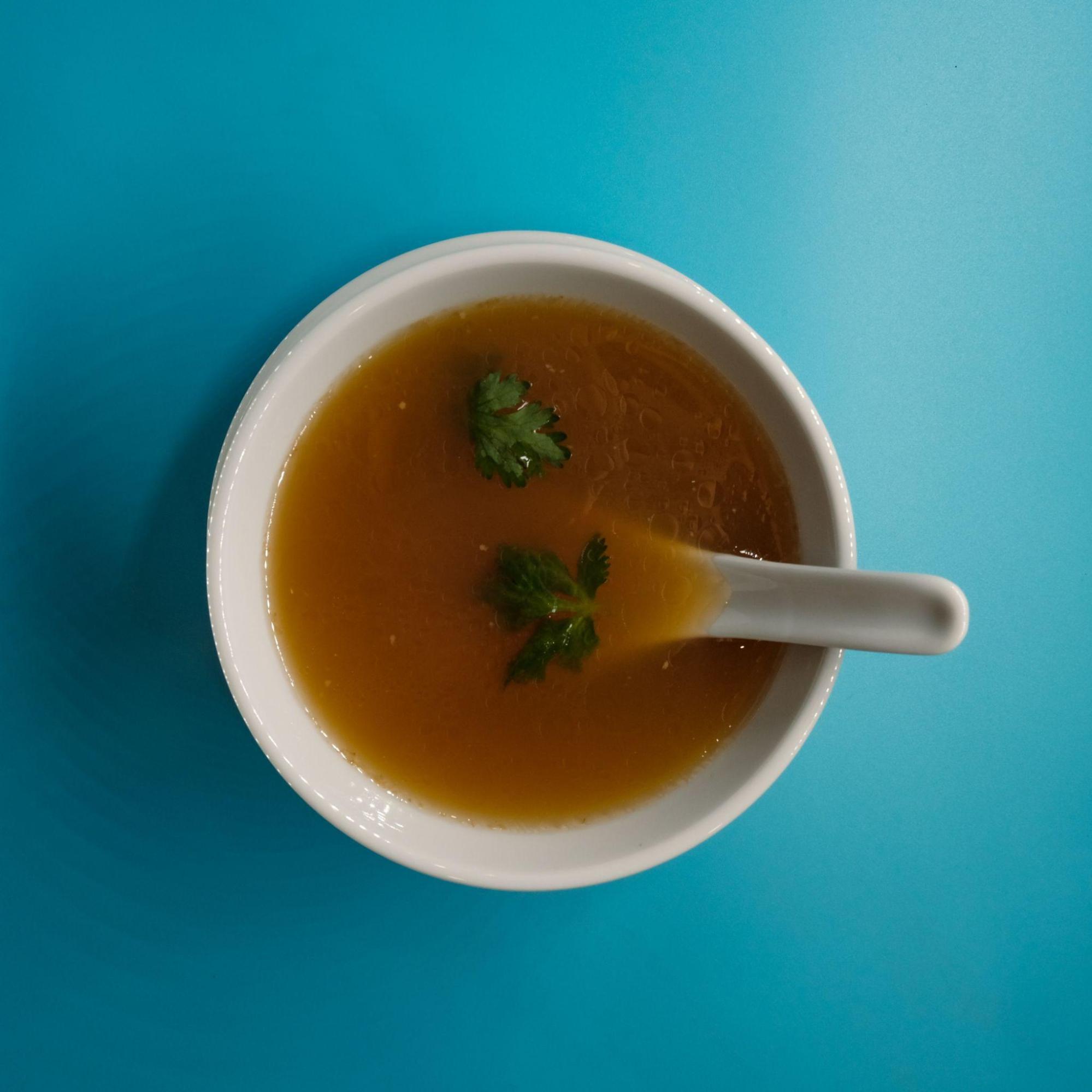
It’s critical to keep your food fresh, safe to consume, and delicious, especially if you are a takeaway restaurant owner whose main business is delivery services. It’s critical to think about your product packaging if you want to keep your food fresh.
It’s critical to employ the correct packaging material and design whether you own a gourmet restaurant, coffee shop, quick food chain, or grocery store.
In today’s competitive market, you must develop and implement food packaging strategies that not only comply with health and safety rules but also fulfill marketing standards that will thrill your buyers and put you ahead of the pack.
You can contact YoonPak for all your queries and inquiries related to packaging solutions.







